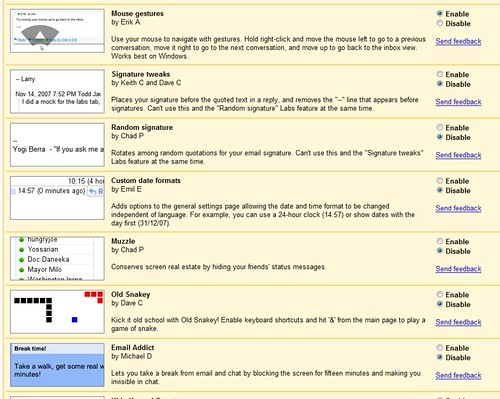In my time spent at consulting firms, client sites, teaching, etc. I see a need for more just-in-time design education. No formal program can keep up with the rate of change in digital design. People need on-demand materials they can use during their work day in-between tasks. The materials currently addressing this need leave a lot to be desired. They’re either canned presentations, unwieldy classroom-in-a-box applications, or simply too long and boring to fit into anyone’s busy schedule.
Here’s a short preview of a service I’ll be launching at Smart Experience to try and address this need. They’re short, inexpensive videos to teach design skills. This one is on the rather fundamental topic of direct manipulation, but I plan to cover design in the widest sense.
I’m happy with what I have as a first pass, but it clearly needs iteration. I’d love to hear what you think. If you wanted to build this sort of skill, would you pay for a 20 minute video on this topic that you could watch online or download any time you like?





 I think it’s fair to say the $100 Flip video camera is a disruptive play. I’m not too surprised it didn’t come from Canon or Sony, but instead from a company who
I think it’s fair to say the $100 Flip video camera is a disruptive play. I’m not too surprised it didn’t come from Canon or Sony, but instead from a company who  Lately Twitter’s
Lately Twitter’s 
